Living in a state with no income tax might seem like a financial dream come true, but this advantage often comes with hidden challenges. Discover these 13 surprising pitfalls that residents in such states may encounter, revealing the unexpected trade-offs of these tax policies.
1. Higher Sales and Property Taxes
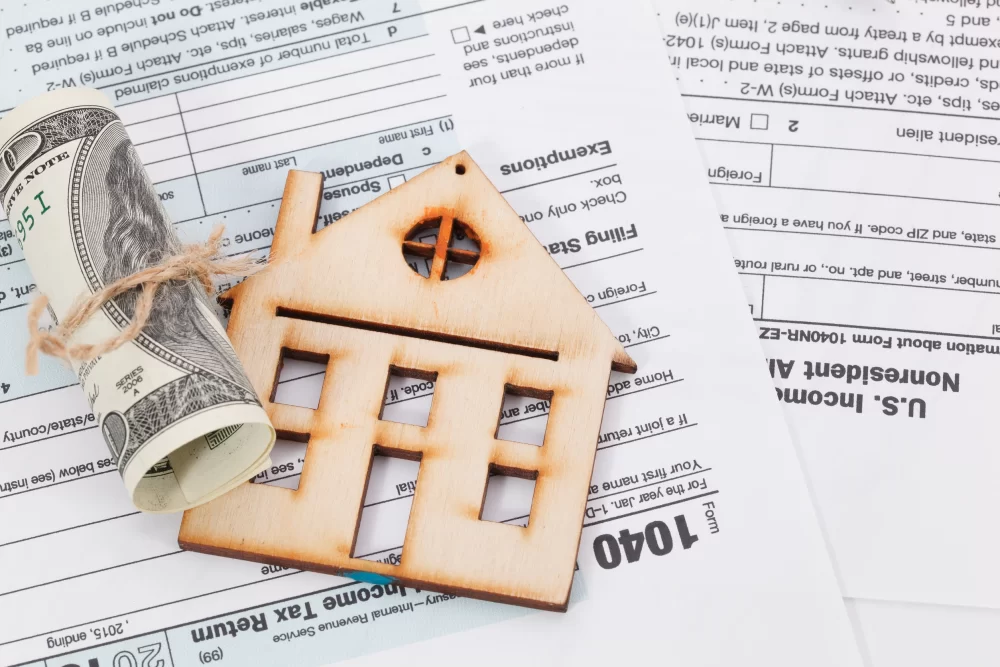
In no income tax states, the government compensates for the lack of income tax revenue by increasing sales and property taxes. This means everyday items and real estate ownership cost more, disproportionately affecting lower and middle-income families. The increased financial burden on essentials can negate the perceived savings from the absence of state income tax, especially for those living paycheck to paycheck.
2. Limited Public Services

Reduced state revenue often results in cuts to public services. States might struggle to fund educational institutions, leading to lower quality education and larger class sizes. Healthcare services may also receive less funding, resulting in fewer healthcare facilities and resources. This underfunding can significantly impact the daily lives and future prospects of residents, especially the most vulnerable populations.
3. Inflated Real Estate Prices

The appeal of living in a tax-free state can increase demand for housing, driving up property prices significantly. This not only affects homeownership affordability but also increases rental market prices, impacting both long-term residents and newcomers. The heightened real estate market can create a barrier for first-time homebuyers and exacerbate housing shortages, leading to a wider socio-economic divide.
4. Regressive Tax Structure
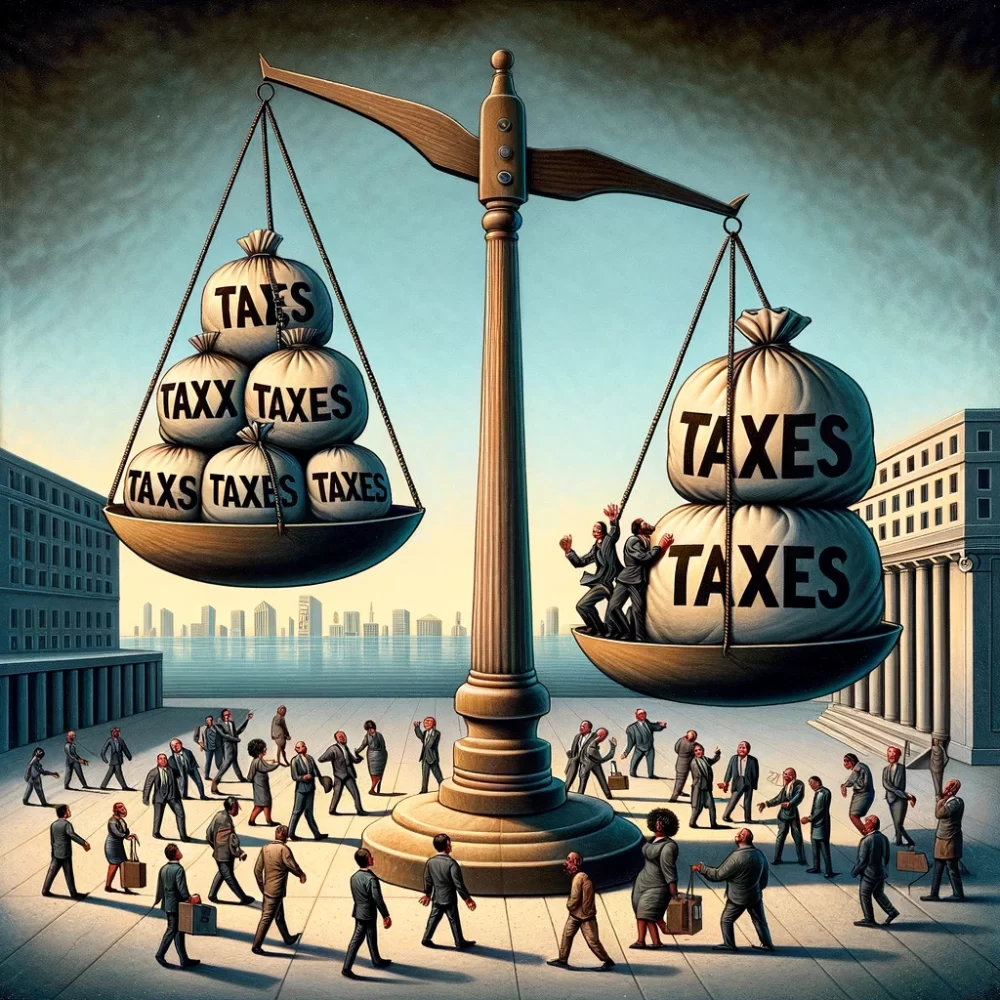
No income tax often means a heavier reliance on sales taxes, which can be regressive. Lower-income families end up paying a higher percentage of their income compared to wealthier individuals, deepening economic disparities. This regressive nature can perpetuate cycles of poverty and limit upward mobility for lower-income residents.
5. Dependency on Specific Industries
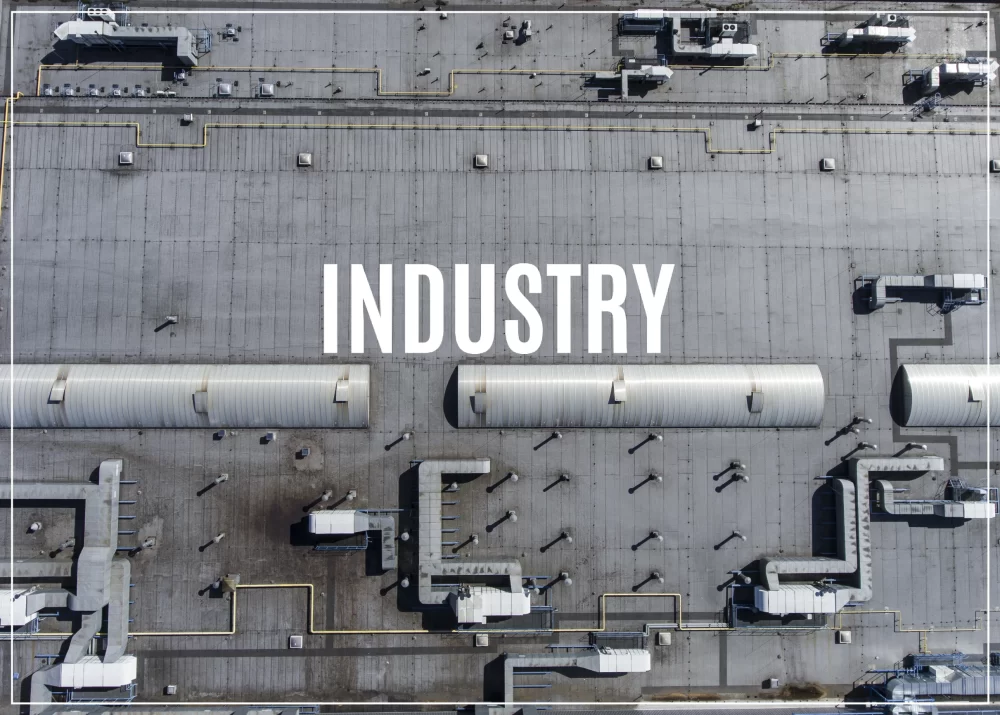
Many no income tax states are heavily reliant on particular industries, such as tourism or natural resources. Economic downturns in these sectors can have widespread repercussions, including job losses and reduced state revenue. This over-reliance makes the state’s economy more vulnerable to market fluctuations and less diversified, potentially leading to long-term economic instability.
6. Limited Social Safety Nets

With smaller budgets, these states often have less comprehensive social safety nets. Programs for the unemployed, elderly, or disabled may receive insufficient funding, leaving vulnerable groups without adequate support. This can lead to increased poverty rates and social issues, as well as put additional strain on charitable organizations and non-profits.
7. Environmental Concerns

To attract business, some of these states may compromise on environmental regulations. This can lead to increased pollution and health risks, impacting residents’ quality of life and the environment. Long-term, these relaxed regulations can lead to significant environmental degradation and public health crises.
8. Higher Insurance Costs

Residents in no income tax states often face higher insurance premiums for their properties and vehicles. Factors like underfunded public services and infrastructure can contribute to these increased costs. These additional expenses can erode the financial benefits of living in a tax-free state, particularly for middle-class families.
9. Crowded Tourism and Seasonal Fluctuations

States like Florida and Nevada attract many tourists due to their tax-friendly policies. This influx can lead to overburdened infrastructure and resources during peak seasons, affecting residents’ quality of life. The seasonal nature of tourism can also lead to fluctuating job markets and economic stability.
10. Wage Stagnation

The tax advantages of these states can attract a large workforce, but this does not always translate to higher wages. Companies might offer lower salaries, banking on the tax savings as a compensating factor. This can lead to wage stagnation, making it difficult for residents to cope with the higher cost of living and inflated real estate prices.
11. Educational Shortcomings

Budget constraints can severely impact the education system in no income tax states. This can lead to outdated resources, underpaid teachers, and a lack of investment in educational technologies. These shortcomings can disadvantage students, particularly in low-income areas, potentially impacting their future career prospects and earning potential.
12. Infrastructure Challenges
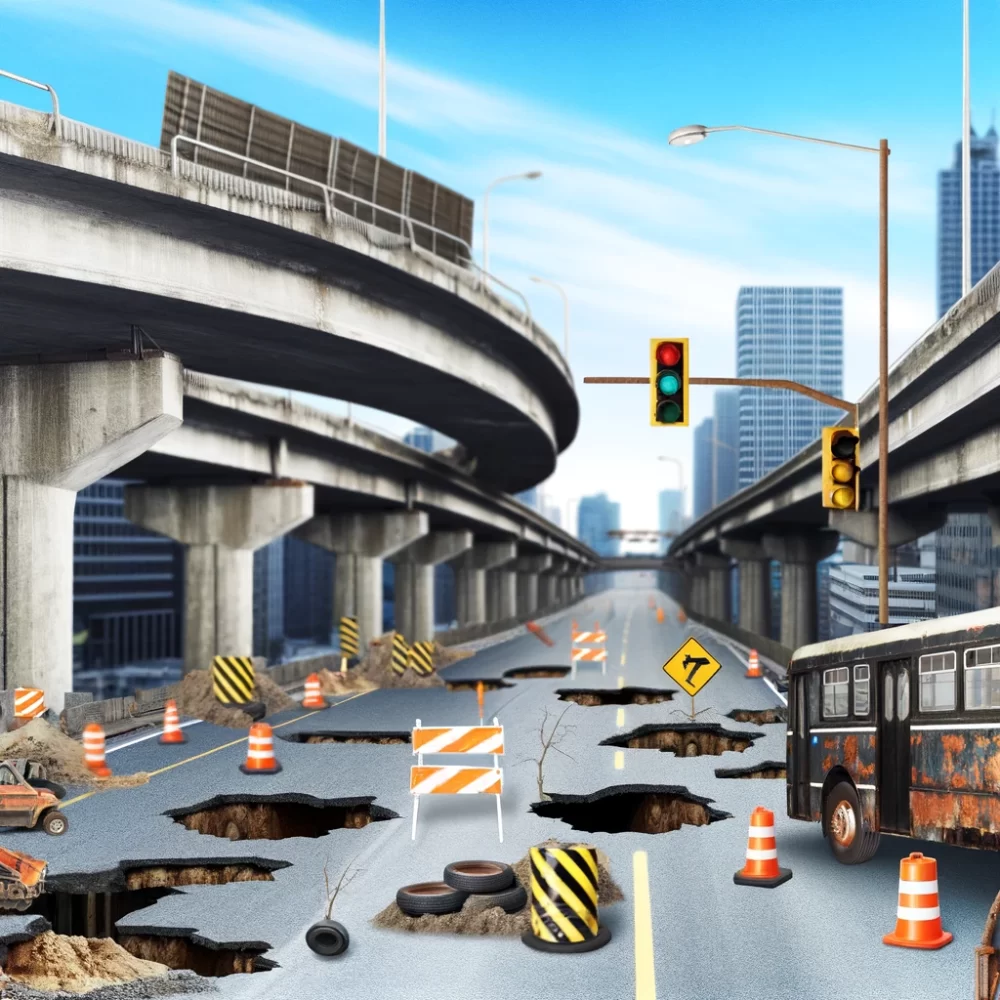
Without adequate funding from income taxes, maintaining and upgrading infrastructure can be challenging. Residents may face frequent issues with transportation, utilities, and public amenities. This lack of investment can hinder economic growth and affect the overall quality of life.
13. Healthcare Limitations

With limited state funding, healthcare systems in these states often struggle. Fewer medical facilities and professionals can lead to longer wait times and lower quality of care. This can have a significant impact on public health, especially during times of medical crises or pandemics.
Consider The Drawbacks
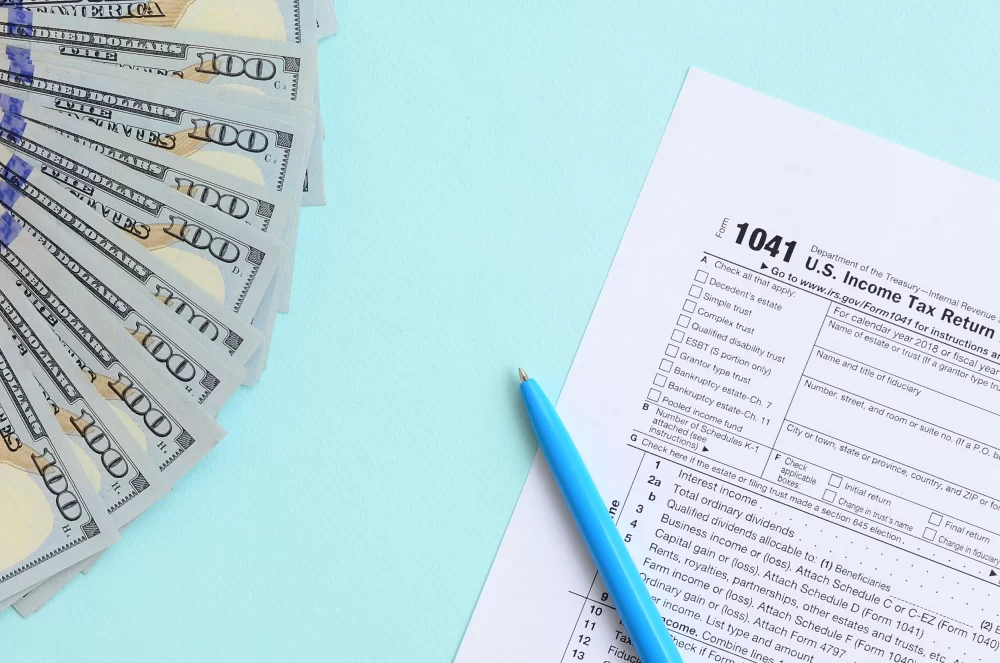
While the absence of state income tax might initially seem appealing, it’s important to consider these often overlooked drawbacks. From economic fluctuations to a regressive tax structure, the reality can be quite different from expectations.
Image and article originally from www.savingadvice.com. Read the original article here.

